1.: ORA-00054: Resource is busy, but NOWAIT is specified to retrieve resource
The transaction is not committed because the table is locked
ORA-00959 tablespace does not have Oracle IMP import problem
If the table contains fields of type LOB, an ORA-00959 error will occur during the import, resulting in IMP-00017 and IMP-00003 errors, which will make the table import unsuccessful.
When importing, tables are created in the default tablespace of the importing user. However, physical storage parameters for LOB fields are specified separately and are not automatically created into the default tablespace.
The solution to the problem:
Create a tablespace with the same name in the import database beforehand to avoid this error
2. Since there are very few tables with LOB fields, I will now remove the storage parameter part of the creation script after import and re-execute it. If you have data, use the import and export tools in SQL/DEV
User =”sys”; user=”sys”; user=”sys”;
Java.sql. SQLExeption: ORA-28009: connection as SYS should be as SYSDBA or SYSOPER
Solution:
Set user name to “sys as sysdba”, other things remain the same, such as:
Protected final String url = “JDBC :oracle:thin: @host name: port number :SID”;
Protected final String user = “sys as sysdba”, password = “password “;
static {
try {
Class.forName(“oracle.jdbc.driver.OracleDriver”).newInstance();
} catch (ClassNotFoundException e) {
e.printStackTrace();
}
public Connection conn = DriverManager.getConnection(url, user, password);
Connection to the database no error, done.
ORA-12169: TNS: NET service name specified as connection identifier is too long
12169. 00000 – “TNS:Net service name given as connect identifier is too long”
*Cause: The net service name you are attempting to resolve is too long.
*Action: The maximum length of a net service name is 255 bytes; this limit
has been exceeded. Use a smaller net service name. If this
is not possible, contact Worldwide Customer Support.
Exceptionally long space caused by creating a dblink
5.drop database link ’20_TEST’
Error reporting –
SQL error: ORA-01729: Need database link name
01729. 00000 – “database link name expected”
*Cause:
*Action:
Drop database link “20_TEST”
SQL error: ORA-02018: Database link with the same name has an open connection
02018. 00000 – “database link of same name has an open connection”
Close the dblink:
Sql code
ALTER SESSION CLOSE DATABASE LINK [name];
Error:
ORA-02080: database link is in use
V $dblink view
Sql code
SELECT * FROM v$dblink;
The dblink is indeed not in transaction. Confused. ALTER SESSION (ALTER SESSION, ALTER SESSION, ALTER SESSION, ALTER SESSION)
ORA-02080: database link is not open
I know it should be possible to delete it and DROP it again.
ORA-01830: The date format image ends before converting the entire input string
The to_date(‘2012-11-11′,’ yyyy-mm-dd ‘) string format should be consistent with the conversion format
ORA-01810: Format code appears twice
01810. 00000 – “format code appears twice”
*Cause:
*Action:
select * from ly_sbqb_czrz where czsj > To_date (‘2018-04-22 23:59:59′,’ yyyy-mm-dd HH24: MM :ss’
select * from ly_sbqb_czrz where czsj > to_date(‘2018-04-22 23:59:59′,’yyyy-MM-dd HH24:mi:ss’) ok
SQLPLUS/AS SYSDBA does not solve the problem, but creates a PDB database to solve the problem
1. Can you use SHOW PDBS to confirm which PDBs are available?
[sql] view plain copy
SQL> show pdbs
CON_ID CON_NAME OPEN MODE RESTRICTED
———- —————————— ———- ———-
2 PDB$SEED READ ONLY NO
3 TESTP1 MOUNTED
SQL>
In the figure above, PDB$SEED is not a PDB but a template for a PDB, and the state is always Read Only. TestP1 is a PDB.
2. Switch to TestP1.
[sql] view plain copy
SQL> alter session set container=PDBORCL;
Session altered.
SQL> show pdbs;
CON_ID CON_NAME OPEN MODE RESTRICTED
———- —————————— ———- ———-
3 TESTP1 MOUNTED
SQL>
3. Cut back to CDB.
[sql] view plain copy
SQL> alter session set container=CDB$ROOT;
Session altered.
SQL> show pdbs
CON_ID CON_NAME OPEN MODE RESTRICTED
———- —————————— ———- ———-
2 PDB$SEED READ ONLY NO
3 TESTP1 MOUNTED
SQL>
10. Import database files with different user names
Imp userid = [usernam]/[password]. @ ORCL_192 168.1.2 fromuser = [old_usernam] touser = [usernam] file = e: \ data. DMP
Alter tablespace size increment
alter database datafile ‘D:\APP\ORCL\ORADATA\ORCL\LY_QMP.ORA’ autoextend on next 100m maxsize 5120M;
Too much will report errors
ORA-03206: Maximum file size of block (6553600) in AUTOEXTEND clause out of range
03206. 00000 – “maximum file size of (%s) blocks in AUTOEXTEND clause is out of range”
ORA-28040 No Matching Authentication Protocol (ORA-28040 No Matching Authentication Protocol
1. The program replaces OJDBC14 with OJDBC7
2. Download 12c client instantclient_12_1
D:\instantclient_12_1
D:\instantclient_12_1\oci.dll


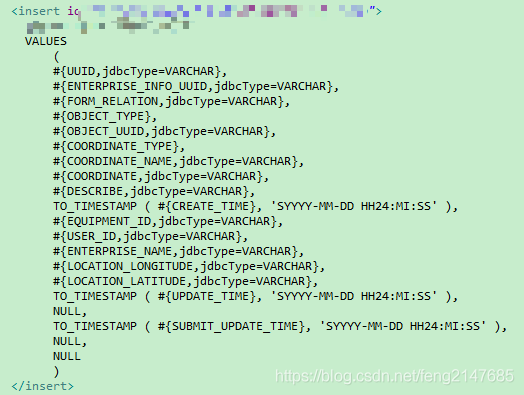


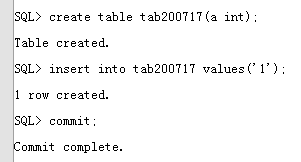



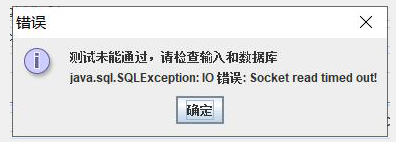
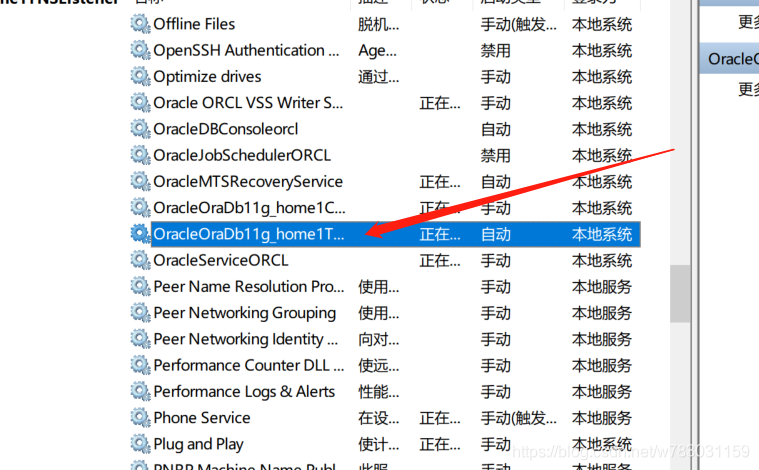
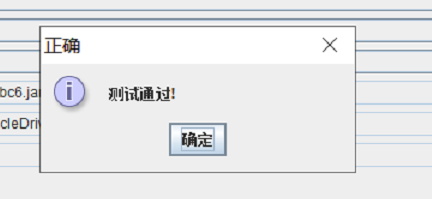
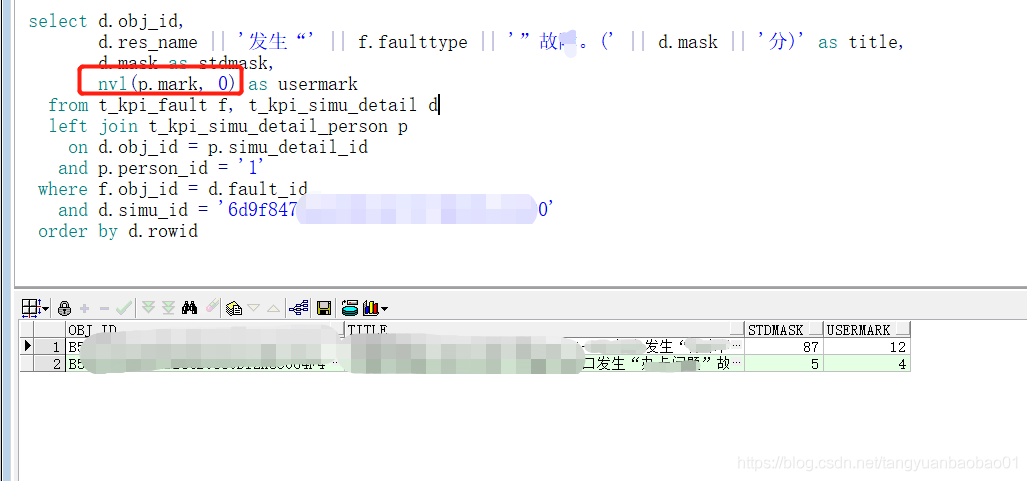 , for example, in the figure above: NVL (p.mark, 0)
, for example, in the figure above: NVL (p.mark, 0)